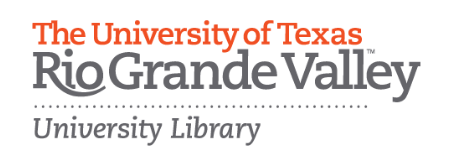What is Open Pedagogy?
Free access to materials is not the only benefit provided by using OER. Another aspect of OER that is commonly commended by instructors is the academic freedom that using openly-licensed content affords them in taking control of their classroom and engaging students in learning. Watch this video in which one instructor describes how he provides opportunities to engage his students in creating work with a broader impact:
The open licenses of OER allow instructors to adapt and integrate materials into their classes in new ways, incorporating topics of local interest or translating content into another language. Instructors may be drawn to OER for two reasons:
- They can adapt existing materials to meet the specific needs of their class.
- They can share created materials with other instructors in their subject area around the world.
Developing new open educational resources can be incredibly impactful, especially for instructors who feel they are underserved by the traditional textbook model and market.
Using open educational resources in the classroom can make it easier for students to access and interact with course materials. However, another major aspect of Open Education asks not “what you teach with” but “how you teach.” The set of pedagogical practices that include engaging students in content creation and making learning accessible is known as open pedagogy.
As DeRosa & Jhangiani explain,
we might think about Open Pedagogy as an access-oriented commitment to learner-driven education AND as a process of designing architectures and using tools for learning that enable students to shape the public knowledge commons of which they are a part. We might insist on the centrality of the 5 Rs to this work, and we might foreground the investments that Open Pedagogy shares with other learner-centered approaches to education.
DeRosa & Robison expand on this topic, explaining that:
students asked to interact with OER become part of a wider public of developers, much like an open-source community. We can capitalize on this relationship between enrolled students and a broader public by drawing in wider communities of learners and expertise to help our students find relevance in their work, situate their ideas into key contexts, and contribute to the public good.
Depending on the source you consult, open pedagogy might be a series of practices, a learning style, or a state of mind. For the sake of this unit, open pedagogy is defined as a series of practices which involve engaging students in a course through the development, adaptation, or use of open educational resources.
One method of engaging in open pedagogy is the development of renewable assignments. You can read about this method in the next section.
References
DeRosa, Robin, and Rajiv Jhangiani. 2017. “Open Pedagogy.” Open Pedagogy Notebook. https://openpedagogy.org/open-pedagogy/
DeRosa, Robin, and Scott Robison. 2017. “From OER to Open Pedagogy: Harnessing the Power of Open.” In Open: The Philosophy and Practices that are Revolutionizing Education and Science, edited by Rajiv Jhangiani and Robert Biswas-Diener, 115–124. London: Ubiquity Press. DOI: https://doi.org/10.5334/bbc.i

